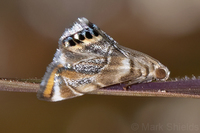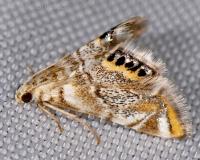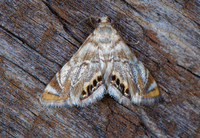
| Recorded by: Mark Basinger on 2025-09-26
Brunswick Co.
Comment: | 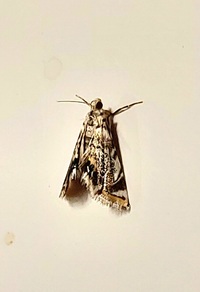
| Recorded by: Mark Basinger on 2025-09-21
Brunswick Co.
Comment: |

| Recorded by: Allison Garton on 2025-09-10
Moore Co.
Comment: | 
| Recorded by: Allison Garton on 2025-09-10
Moore Co.
Comment: |

| Recorded by: David George, Jeff Niznik, Rob Van Epps, Kevin Metcalf on 2025-07-20
Richmond Co.
Comment: | 
| Recorded by: Jim Petranka, Mark Basinger and Becky Elkin on 2025-06-29
Richmond Co.
Comment: |
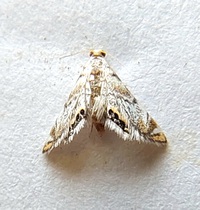
| Recorded by: Mark Basinger on 2025-06-19
Brunswick Co.
Comment: | 
| Recorded by: Allison Garton on 2025-06-19
Moore Co.
Comment: |

| Recorded by: Allison Garton on 2025-06-19
Moore Co.
Comment: | 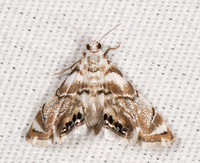
| Recorded by: John Petranka, Jim Petranka and Becky Elkin on 2025-05-09
Cumberland Co.
Comment: |

| Recorded by: Mark Basinger on 2025-05-03
Brunswick Co.
Comment: | 
| Recorded by: Mark Basinger on 2025-05-01
Wilson Co.
Comment: |
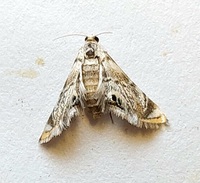
| Recorded by: Mark Basinger and Miles Buddy on 2025-04-26
Brunswick Co.
Comment: | 
| Recorded by: Mark Basinger on 2025-04-25
Columbus Co.
Comment: |

| Recorded by: Mark Basinger on 2025-04-19
Brunswick Co.
Comment: | 
| Recorded by: Mark Basinger on 2025-04-18
Brunswick Co.
Comment: |
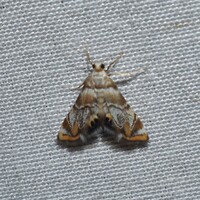
| Recorded by: David George, Jeff Niznik, Stephen Dunn on 2024-08-02
Chatham Co.
Comment: | 
| Recorded by: Maurice Cullen, Todd Pusser, F. Williams, S. Williams on 2024-07-08
Gates Co.
Comment: |
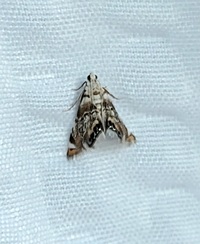
| Recorded by: Mark Basinger on 2024-06-20
Brunswick Co.
Comment: | 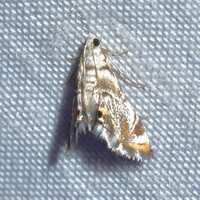
| Recorded by: Jeff Niznik on 2024-06-15
Scotland Co.
Comment: |
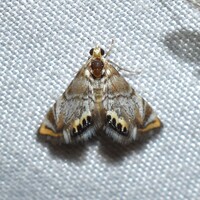
| Recorded by: Jeff Niznik on 2024-05-29
Durham Co.
Comment: | 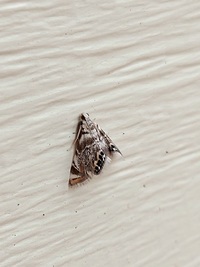
| Recorded by: Mark Basinger on 2024-05-28
Brunswick Co.
Comment: |
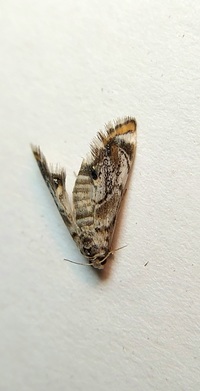
| Recorded by: Mark Basinger on 2024-05-22
Wilson Co.
Comment: | 
| Recorded by: Dean Furbish on 2024-05-09
Pender Co.
Comment: |
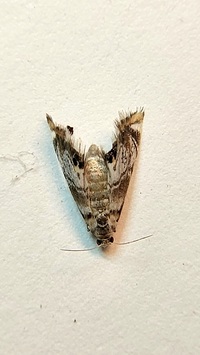
| Recorded by: Mark Basinger on 2024-05-06
Wilson Co.
Comment: | 
| Recorded by: Mark Basinger on 2024-05-06
Wilson Co.
Comment: |
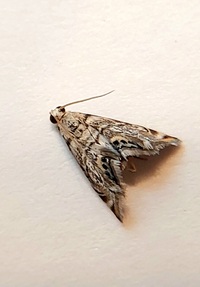
| Recorded by: Mark Basinger on 2024-04-28
Brunswick Co.
Comment: | 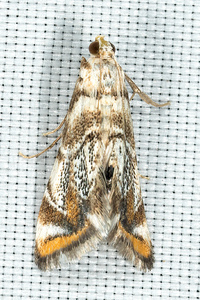
| Recorded by: Mark Shields on 2023-10-06
Onslow Co.
Comment: |

| Recorded by: Mark Basinger on 2023-10-01
Brunswick Co.
Comment: | 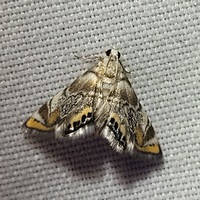
| Recorded by: Andrew W. Jones on 2023-09-07
Polk Co.
Comment: |
|

 »
»
